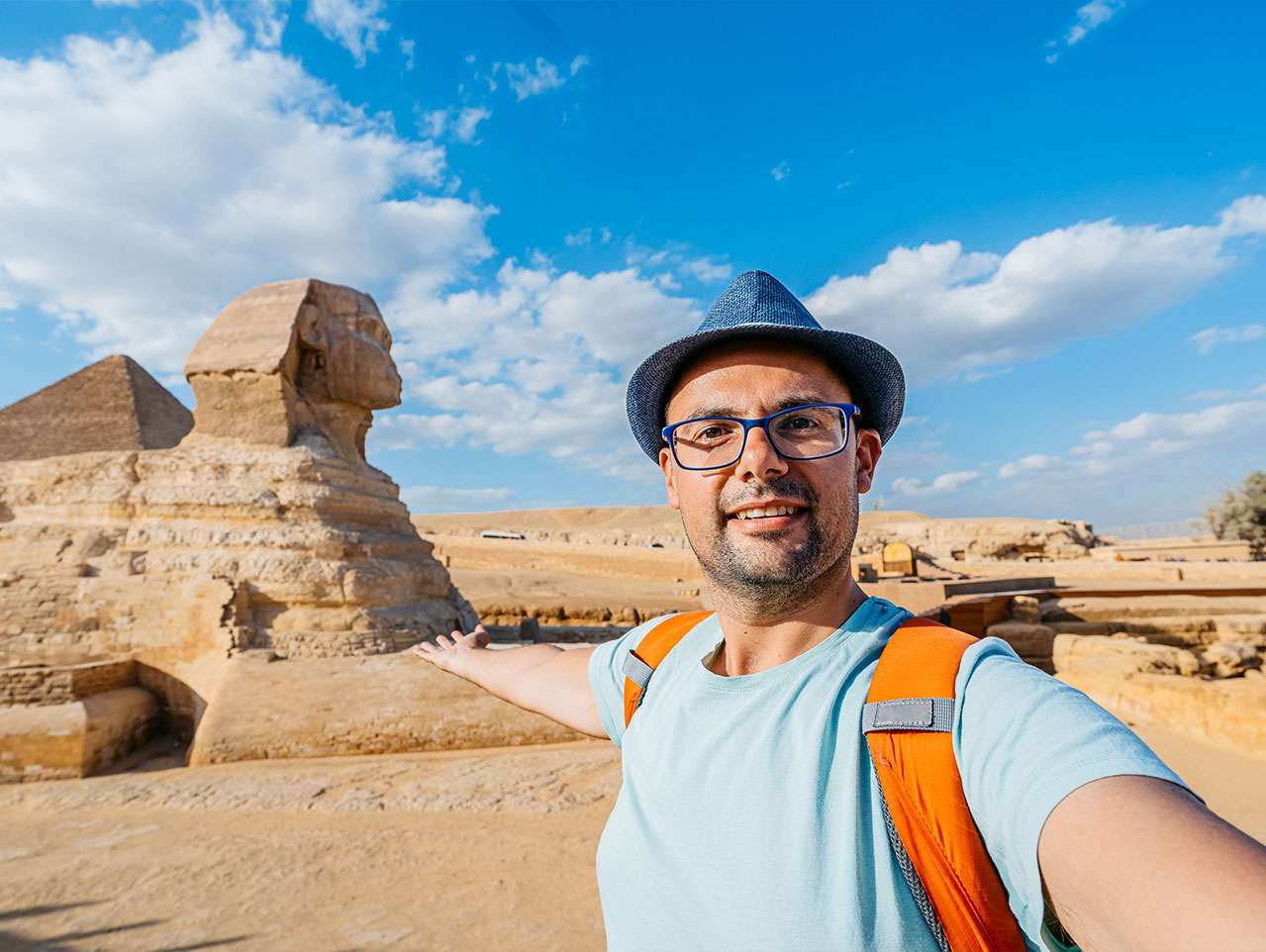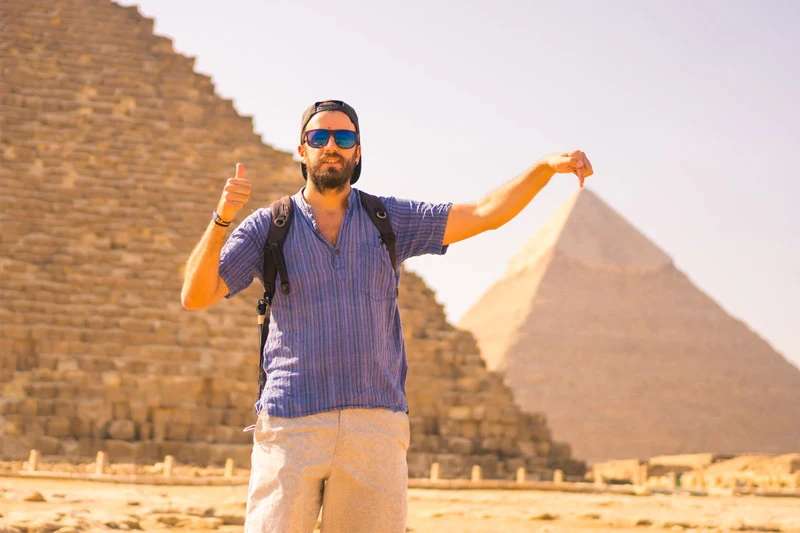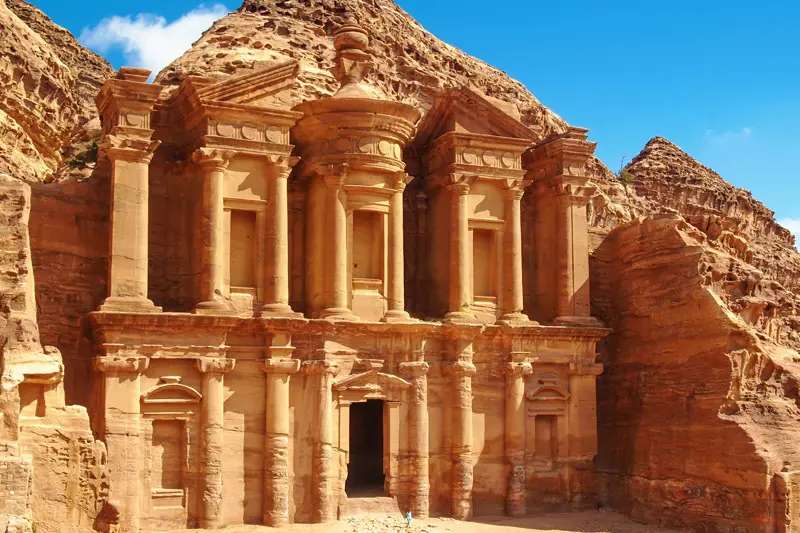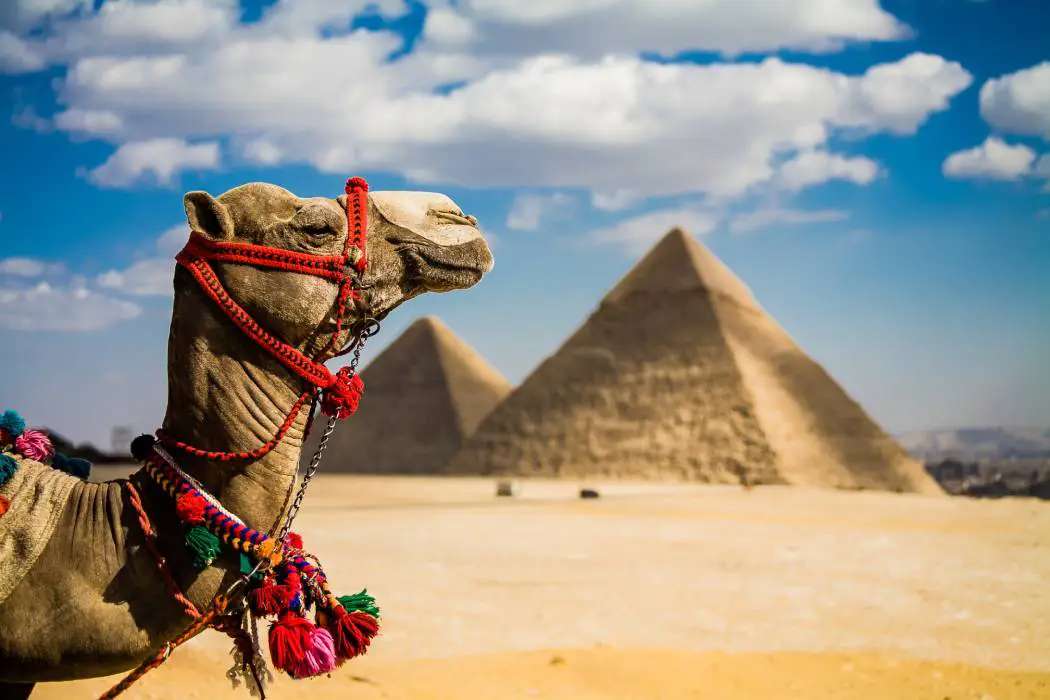The Golden Treasure of King Tut
King Tut, better known as King Tutankhamun, was an ancient Egyptian pharaoh who took the throne in 1333 B.C., only to die 11 years later in 1322 B.C., and was buried at the age of 19 following his mysterious death in 1324 BC. Tutankhamun, also spelled as Tutenkh-Amun or Tutankh-Amen, meaning Living Image of Amun in Egyptian, is one of the best-known pharaohs in ancient Egypt because his tomb was the only one to be discovered almost completely intact. The discovery led to a renewed interest in Egyptian culture and ancient art. In 1922, British archaeologist Howard Carter found that the tomb of Tutankhamun was filled with riches such as gold and jewelry. With the discovery of King Tut’s tomb, people were overjoyed to finally see what treasures he and his family held. More than 3,000 years later, he was unearthed by British archaeologist Howard Carter and became an instant celebrity thanks to the incredible wealth of treasures found in his tomb. The discovery of these items has allowed archaeologists to uncover more about this period of ancient Egyptian history and the legacy left by this famed king and leader. Here are some of the most famous golden treasures that have been uncovered from the tomb of Tutankhamun over the past century.
The Discovery of Tutankhamun's Tomb
In 1922, archaeologist Howard Carter was permitted to search for the tomb of Tutankhamun. He found it in November 1922 and then spent another two years cataloguing its contents. When Howard Carter and his team entered King Tutankhamun's burial chamber they were astounded by what they found. There was a solid gold coffin, which contained the mummy of King Tut himself. But among all these riches, one artefact stood out from the rest--a life-sized statue of Queen Nefertiti. It was made from a single block of quartzite and covered in gold leaf.
The treasures he uncovered are among the most important and treasured artefacts from ancient Egypt. With over 500 items found within this one tomb, King Tut's treasures have helped us learn more about life as an Egyptian king during the 14th century BC. One item that has captured public imagination is a solid gold death mask depicting the young king with a gilded skullcap and beard; it is one of the oldest known sculpted representations of an Egyptian pharaoh. The golden sarcophagus enclosed by four gold pillars that had originally housed his mummy remains one of the most iconic images connected with his name.
The Significance of the Treasures
The treasures found in the tomb of Tutankhamun are some of the most significant archaeological discoveries ever made. They not only provide information about life and death in ancient Egypt but also offer a window into the culture and society of an era that has long captivated imaginations. Some items, such as amulets and jewellery, were buried with their owner to help him or her in the afterlife, while other pieces might have been used to establish social rank during life on Earth. With just one cache of treasure from the tomb of Tutankhamun, it is possible to understand more about Egyptian society and religious beliefs than scholars could before because they had previously known so little about his rule.
The Funerary Mask of Tutankhamun
Tutankhamun, who ruled Egypt at a young age in the fourteenth century BCE, was one of the most famous and well-preserved pharaohs in ancient Egyptian history. His funerary mask, which is made of solid gold, is one of his most iconic pieces. It is believed that this mask was originally made for Nefertiti but later passed to her son Tutankhamun. Many believe the facial features are modeled after Nefertiti's face because it bears similar markings found on other female members of Akhenaten’s family. The mask depicts Tutankhamun as being a king rather than as an adolescent boy as he had been when he died. Some scholars have suggested that this was done so that King Ay could not use images of him for himself during the battle between Ay and Horemheb over succession after Akhenaten’s death.
Discover the Beauty of Tut's Kingdom with a Cruise in the Nile, starting at US$ 999
The Golden Coffin of Tutankhamun
Tutankhamun was one of Egypt's most famous pharaohs, ruling from 1332 to 1323 BC. He succeeded his father as king at age nine and died in his early 20s. Although he was married to a queen during his lifetime, he had no heirs and so far, no living relatives have been identified. The original tomb containing his remains was not discovered until 1922 when it was unearthed by archaeologist Howard Carter. It took Carter ten years to find the location of this final resting place, which is believed to have been designed by Tutankhamun himself. The coffin itself is made out of gold-plated wood and weighs over 15 pounds. There are also two canopic jars made out of malachite that contain Tutankhamun’s organs, which are set inside four golden shrines. They were originally filled with resin but were later replaced with glass due to fear of them breaking.
The Golden Throne of Tutankhamun
A golden throne is a significant find in the world of archaeology. The throne was found in tomb KV62, also known as the tomb of Tutankhamun. It is located in western Luxor, near the Valley of Kings and Queens. The discovery was made on November 4th, 1925 by Howard Carter and George Herbert. This ruler had many valuable treasures but this one stood out because it was such an unusual item to find in a tomb. The throne was described as being very small, with four legs in front and two legs at the back. The chair also had rings that were used to hold cushions for a person sitting on the chair
to keep them off the ground. There are carvings all over the chair depicting different kinds of animals including lions, elephants, and sphinxes as well as different objects like lotus flowers, vases, hieroglyphics, and scenes from everyday life during ancient Egyptian times.
Customize your Dream Journey to Egypt with our Tailor-Made options
The Golden Shrine of Tutankhamun
One thing that has been hotly debated is the mystery behind King Tutankhamun's golden shrine. Was it a sunshade? Was it a bier? The answer isn't clear but there are clues to be found! For example, after unearthing the statue of Amun-Ra during their search for treasure, Howard Carter noted I can see something shining on the ground. When he reached down to investigate what looked like gold foil with glittering stones embedded in it (possibly gems), he discovered the object had hieroglyphics covering all four sides. It seemed more likely than not that the Shrine served as an ornate cover for some other kind of container, which would have once held jewels or other valuables. That may have also been the purpose for some ancient Egyptian boxes called Canopic Jars. They were used by Egyptians to store organs from mummified bodies. Inside those jars were placed bandages, amulets and small statues of gods or goddesses thought to guard over them until they could be reborn into eternal life.
The discovery and excavation of King Tutankhamun's tomb in 1922 were one of the most significant archaeological finds ever made. From its discovery to today, we've learned many things about this pharaoh and his reign. Despite being one of the most well-known archaeological finds in history, there is still so much we don't know about King Tut. With new technology and discoveries coming out every day, it's a certainty that we'll continue to find new information about this ancient civilization. Learning about King Tut can also help us understand more about ourselves as humans and our place in history. So next time you're at a museum or watching a documentary on TV, take some time to learn more about King Tut and his golden treasures.
related tours

Egypt Tour : Giza Pyramids & Nile Cruise
8 Days / 7 Nights
From
$ 1099

Egypt Vacation Package
12 Days / 11 Nights
From
$ 1699

Egypt Tour Packages: Cairo Luxor Tour
5 Days / 4 Nights
From
$ 1015

Egypt & Jordan Ancient Wonders Tour
12 Days / 11 Nights
From
$ 2269

Egypt, Jordan and Jerusalem Signature Tour
13 Days / 12 Nights
From
$ 2759
